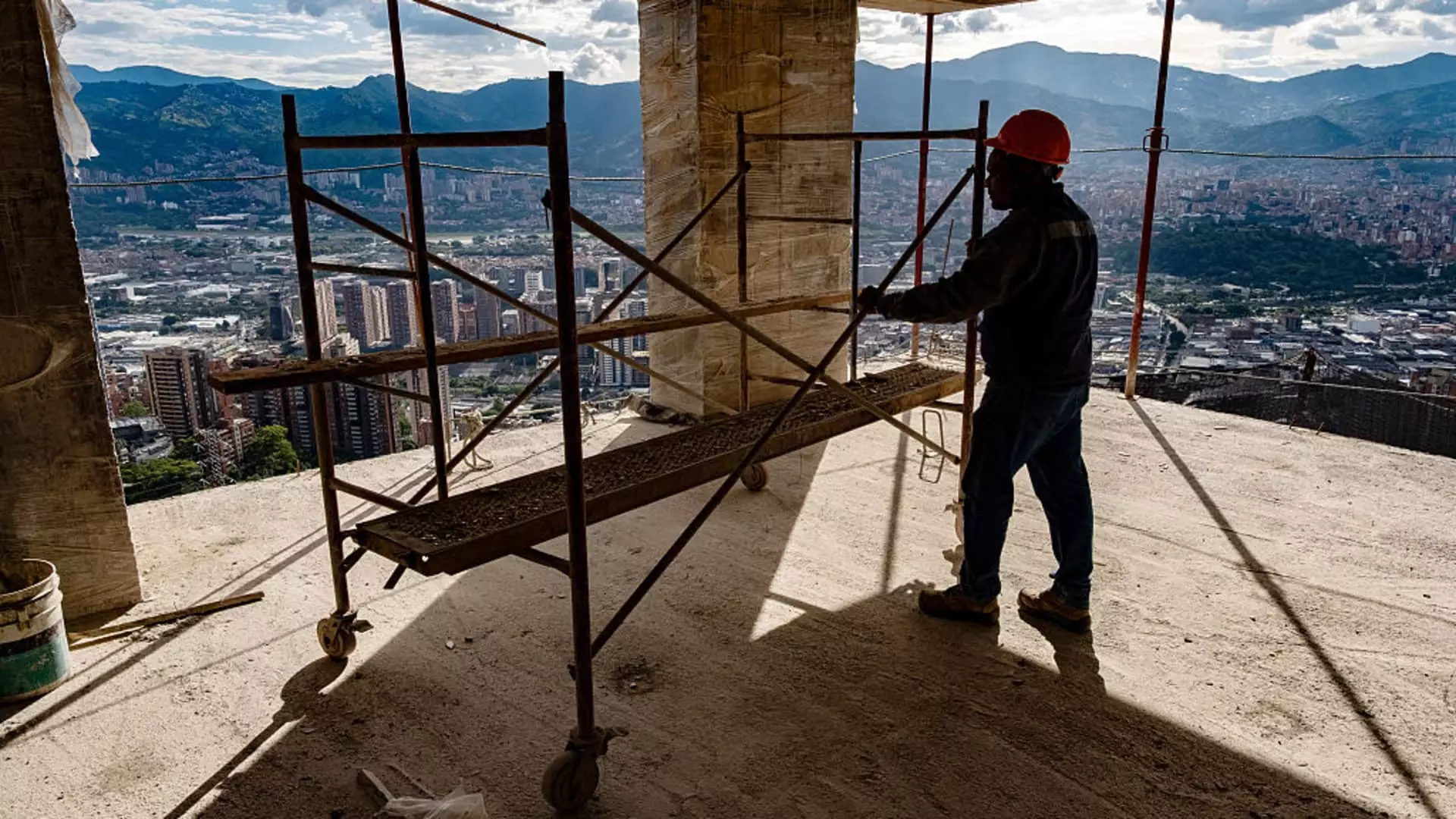Construction remains one of the most antiquated sectors in the global economy, marked by a stubborn resistance to modernization. Despite its massive scale—encompassing commercial buildings, infrastructure, and high-rise developments—it operates with minimal technological integration. This industry’s sluggish pace of adoption not only hampers efficiency but also inflates costs and environmental impact. For years, construction has been stuck in a regression, relying heavily on paper documentation, manual processes, and outdated workflows, which inevitably lead to errors, delays, and waste. This systemic inefficiency is no small matter; according to McKinsey, it drains nearly a trillion dollars annually from productivity worldwide. This level of stagnation makes one question if the construction industry’s resistance to innovation is deliberate or simply a result of entrenched habits and risk aversion.
The Cost of Clinging to the Past
The reluctance to modernize doesn’t stem from ignorance but rather from a complex mixture of risk aversion, fragmented leadership, and the sheer scale of change needed. Construction companies historically invest less than 1% of their revenue into IT, a stark contrast to industries like automotive and aerospace, which dedicate far more to technological advancement. This underinvestment perpetuates a cycle where inefficiencies compound: miscommunications, conflicting directives, and procedural errors cause delays, waste, and increased emissions. It is a scenario where progress appears limited not because it isn’t needed but because the incentives to innovate are weak or misunderstood. The industry’s typical short-term focus on projects often discourages long-term investments, especially those involving uncertain technological outcomes.
Leadership Born from Tragedy and Innovation
One compelling story illustrating how the industry’s shortcomings can spark transformative change is that of Sarah Buchner. Her journey from being a foreman overseeing multimillion-dollar projects to an innovator developing construction safety and management solutions highlights the potential for disruption. After experiencing a fatality on site, she recognized the critical need for technology to improve safety and operational clarity. Her subsequent shift from hands-on construction to tech entrepreneurship demonstrates a pragmatic approach to problem-solving—one rooted in industry experience but driven by a desire to mitigate risks and improve outcomes. Buchner’s transition underscores that meaningful change can emerge from adversity when industry veterans leverage their insights and push for technological solutions.
The Promise of Disruptive Technologies: AI as the Industry’s Catalyst
Artificial intelligence and machine learning now stand poised to revolutionize construction, offering solutions that address long-standing inefficiencies. Startups like Trunk Tools are at the forefront, harnessing AI to process millions of pages of project documentation and transform chaotic, unstructured data into usable, accurate information. Such technological advances hold the promise of dramatically reducing errors, minimizing waste, and accelerating decision-making processes. By automating mundane tasks such as document reconciliation, project risk identification, and supply chain management, these tools free workers and managers to focus on strategic, value-adding activities. The integration of AI into construction workflows is not merely an improvement—it’s a necessary step toward a smarter, more sustainable industry.
Strategic Investments: The Road Toward Meaningful Change
Recent funding rounds like Trunk Tools’ $40 million Series B indicate growing confidence among investors that technological disruption in construction is both viable and urgent. Partnering with tech giants like Microsoft signals the potential for scale and integration across existing enterprise platforms, ensuring that these innovations are not isolated pilot projects but integral parts of mainstream construction management. Such investments are vital, yet they also highlight a broader question: will industry stakeholders finally recognize the value of digital transformation before it’s too late? Many legacy firms may perceive modernization as a risk or unnecessary expense, but the cost of inaction is far greater—cost overruns, safety failures, and environmental harm.
The Moral and Economic Imperative for Innovation
In my opinion, the construction industry stands at a pivotal crossroads. It must embrace technological disruption with a pragmatic, focused approach rooted in real-world experience and economic logic. Incremental improvements are no longer sufficient; what is desperately needed is a full-scale reimagining of construction processes. Leaders should view innovation not as an optional upgrade but as a strategic necessity that aligns economic efficiency with environmental stewardship. Abandoning the status quo in favor of intelligent, AI-driven solutions offers not only a path to profitability but also a moral obligation to reduce waste and safeguard lives. The industry’s future depends on it—those who resist change risk being left behind in a landscape that demands agility and forward-thinking.

